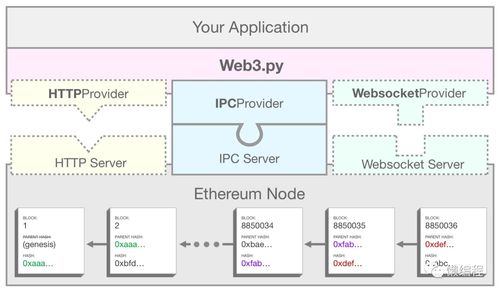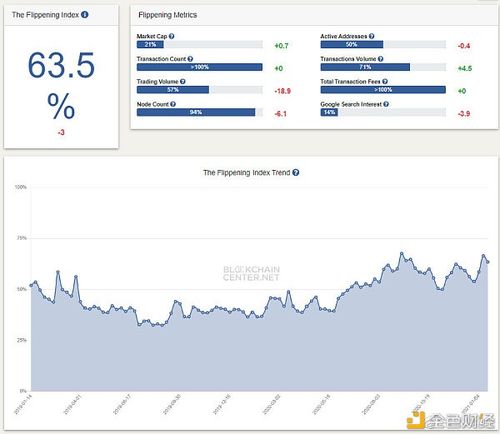来源:小编 更新:2025-02-25 04:04:25
用手机看
你有没有想过,用Python批量发送以太坊交易,就像是在玩一场虚拟世界的“快递大战”呢?想象你是一位指挥千军万马的“快递总管”,只需动动手指,就能让成千上万的以太坊交易飞向四面八方。今天,就让我带你走进这个奇妙的世界,一起探索Python批量发送以太坊的奥秘吧!

在Python的世界里,有许多“武器”可以帮助我们实现批量发送以太坊交易。其中,最出名的当属“web3.py”这个库。它就像是一位经验丰富的“快递小哥”,能够轻松地帮你完成交易发送的任务。

首先,你需要让Python与以太坊节点建立连接。这就像是在快递大战中,找到可靠的快递公司一样重要。你可以使用“web3.py”提供的“HTTPProvider”来连接到以太坊节点。
```python
from web3 import Web3
连接到以太坊主网
w3 = Web3(Web3.HTTPProvider('https://mainnet.infura.io/v3/your_project_id'))
检查连接是否成功
if w3.isConnected():
print(\连接成功!\)
else:
print(\连接失败,请检查节点地址是否正确。\)

有了连接,接下来就是发送交易了。在“web3.py”中,你可以使用“w3.eth.sendTransaction”方法来发送以太坊交易。
```python
发送以太坊交易
nonce = w3.eth.getTransactionCount('your_address')
transaction = {
'nonce': nonce,
'to': 'recipient_address',
'value': w3.toWei('1', 'ether'),
'gas': 21000,
'gasPrice': w3.toWei('50', 'gwei')
签名交易
signed_txn = w3.eth.account.signTransaction(transaction, 'your_private_key')
发送交易
tx_hash = w3.eth.sendRawTransaction(signed_txn.rawTransaction)
print(\交易哈希:\, tx_hash.hex())
如果你需要发送大量的以太坊交易,可以使用循环来实现批量发送。
```python
批量发送交易
recipient_addresses = ['recipient_address1', 'recipient_address2', ...]
values = [w3.toWei('1', 'ether')] len(recipient_addresses)
for i, recipient in enumerate(recipient_addresses):
nonce = w3.eth.getTransactionCount('your_address')
transaction = {
'nonce': nonce,
'to': recipient,
'value': values[i],
'gas': 21000,
'gasPrice': w3.toWei('50', 'gwei')
}
signed_txn = w3.eth.account.signTransaction(transaction, 'your_private_key')
tx_hash = w3.eth.sendRawTransaction(signed_txn.rawTransaction)
print(f\交易{i+1}哈希:\, tx_hash.hex())
在批量发送以太坊交易的过程中,有一些注意事项需要你牢记:
私钥就像是你批量发送以太坊交易的“密码”,一旦泄露,后果不堪设想。因此,请务必保护好你的私钥,不要将其存储在明文文件中,更不要随意分享。
在批量发送交易时,交易费用会迅速累积。请确保你的钱包中有足够的以太坊余额,以支付所有交易费用。
以太坊网络拥堵时,交易确认时间会大大延长。在批量发送交易前,请关注网络拥堵情况,选择合适的时机进行操作。
随着区块链技术的不断发展,Python批量发送以太坊的应用场景将越来越广泛。未来,我们可能会看到更多基于Python的区块链应用,为我们的生活带来更多便利。
Python批量发送以太坊就像是一场虚拟世界的“快递大战”,充满了无限的可能。让我们一起期待,在这场大战中,Python能够发挥出更大的作用吧!